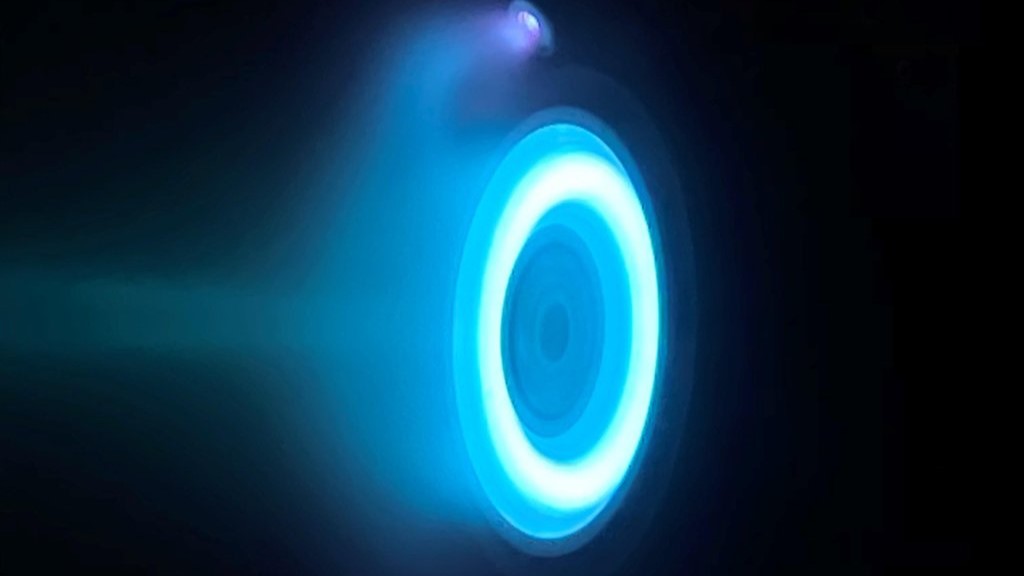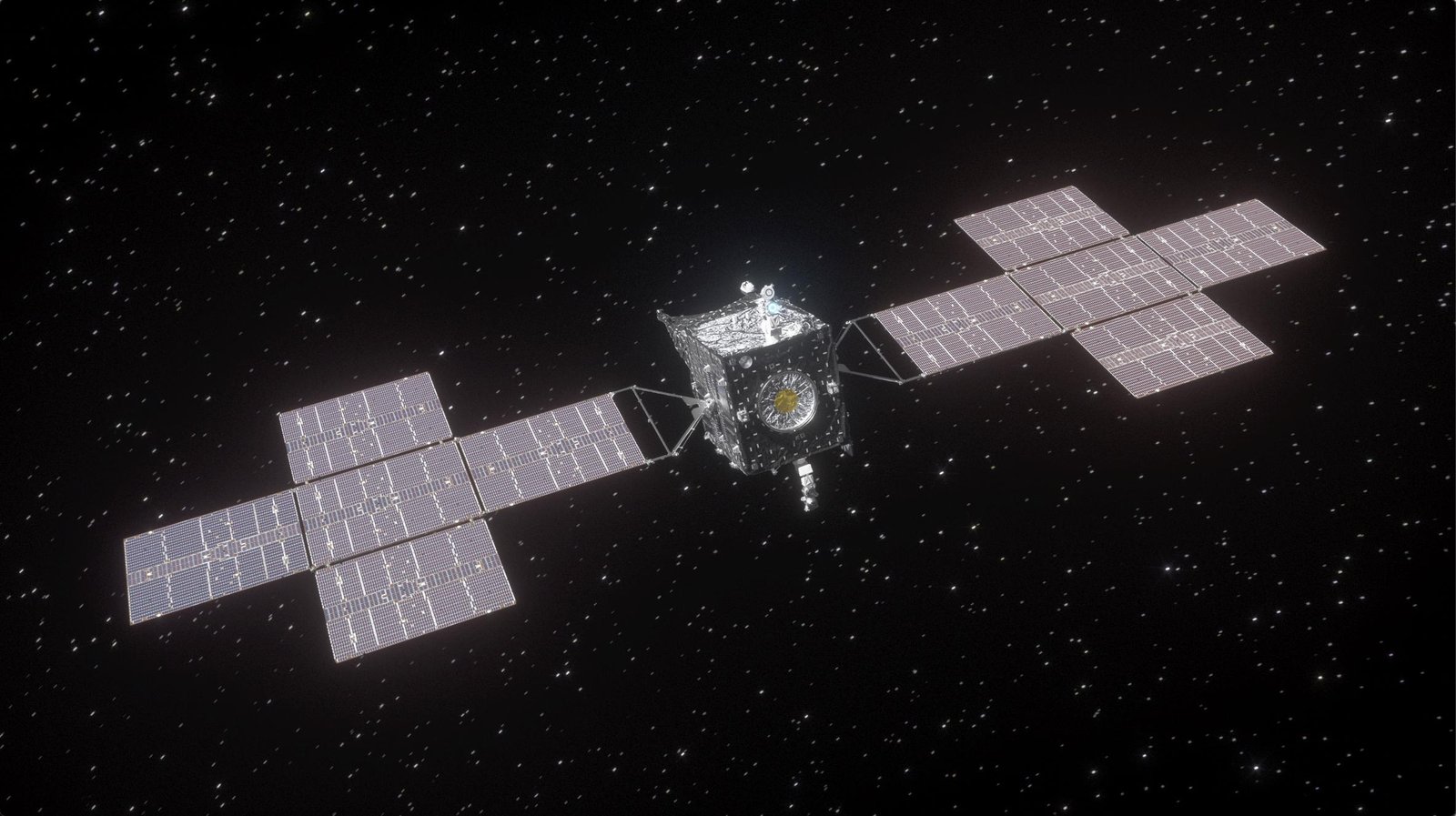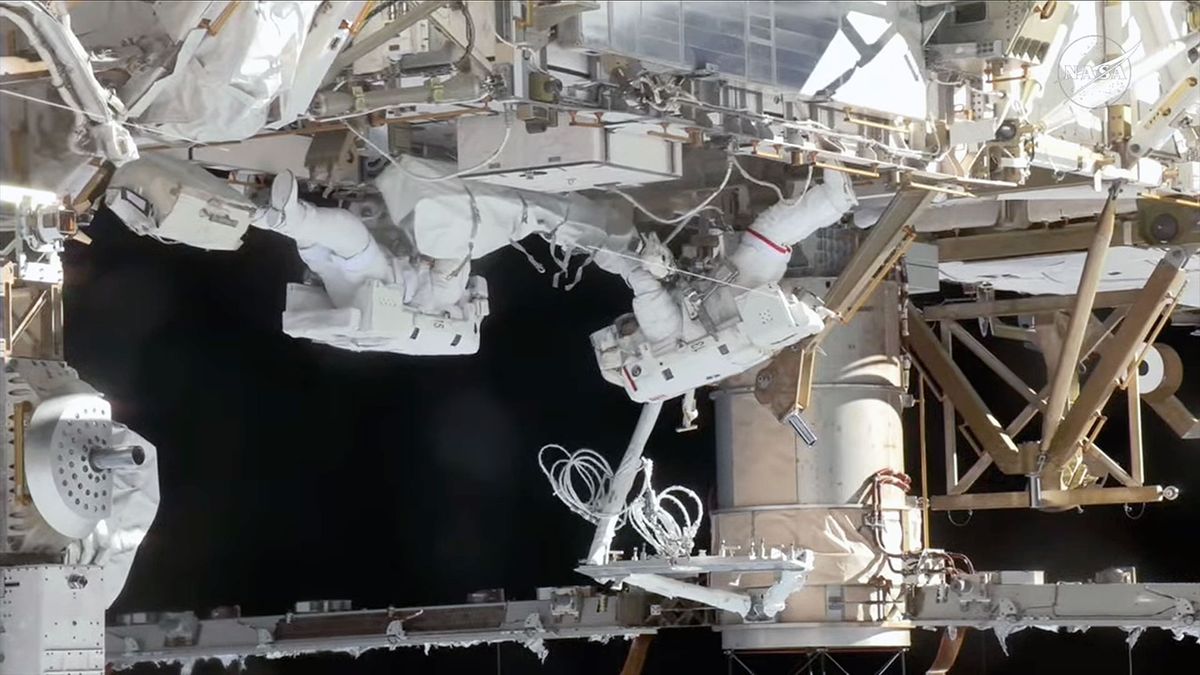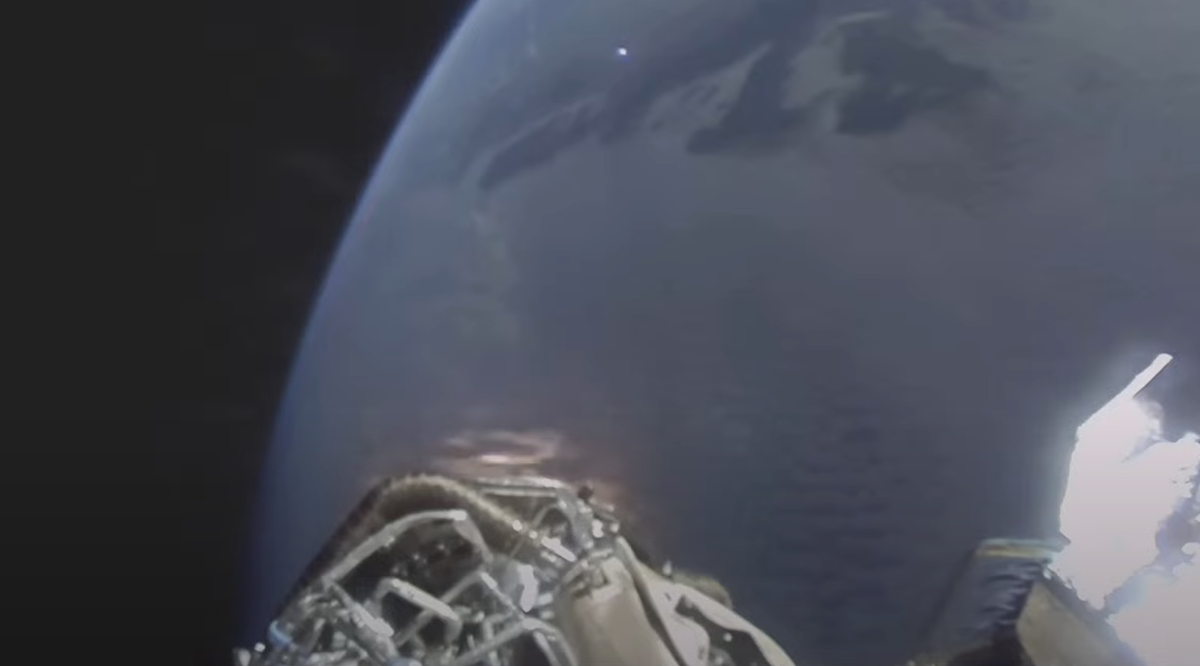On Tuesday (April 29), NASA announced that its Psyche probe has suffered a setback concerning its propulsion system while nearly 150 million miles (238 million kilometers) from our planet. The boxy, solar-winged craft is headed to the peculiar object for which it is named: 16 Psyche, an asteroid that appears to have an unusually high metal content.
The complication surrounds a "decrease in fuel pressure" within Psyche's solar electric propulsion setup, NASA says, which led the team to power off the thrusters until a solution arises. However, the agency also affirms that these thrusters can remain off until at least mid-June before worries arise about Psyche's trajectory toward its asteroid target. "The mission team has chosen to defer thrusting while engineers work to understand the pressure decrease," NASA said in a statement. "The electric propulsion system has two identical fuel lines, and the team may decide to switch to the backup fuel line to resume thrusting."
Like the probe itself, Psyche's propulsion system is blazing new trails. This is the first time, the mission team says, that this specific mechanism of zipping through space has been used on a probe beyond lunar orbit.
In essence, sunlight collected with Psyche's large solar arrays gets converted into electricity, which then powers up the spacecraft's four thrusters. Once powered up with enough sunlight-derived energy, the thrusters — called "Hall thrusters" — use electromagnetic fields to expel charged atoms of xenon gas that are stored in tanks aboard the spacecraft.
In addition to giving Psyche's thrusters a pretty cool neon blue glow, this xenon expulsion creates a gentle thrust to move the spacecraft — gentle enough to exert "the same amount of pressure you’d feel holding three quarters in your hand," NASA has said. However, the point is for that subtle thrust to build up momentum over time, which is especially easy to do in the vacuum of space. All the while, barely any fuel will be used, meaning Psyche is highly efficient and light.
"With no atmospheric drag to hold it back, the spacecraft eventually will accelerate to speeds of up to 124,000 miles per hour (200,000 kilometers per hour) relative to Earth," NASA explains.
By contrast, NASA says traditional chemical propulsion would have required Psyche to be packed with 15 times more fuel before it was launched to space on Oct. 13, 2023.

In terms of the issue that Psyche is currently experiencing, it has to do with the way the xenon gas is being fed into the thrusters for expulsion.
"On April 1, the spacecraft detected a pressure drop in the line that feeds the xenon gas to the thrusters, going from 36 pounds per square inch (psi) to about 26 psi," NASA said in the recent statement about the glitch.
We'll likely know more about whether the backup line will be used, or if the original line improves its condition, in the coming weeks. Hopefully, Psyche bounces back to full health so it can investigate the many mysteries of 16 Psyche. One of the biggest is whether the asteroid truly is filled with extremely valuable metals (metals we can mine?), is a bare planetary core, or is just a sneaky pile of random rubble.
The next major milestone for the mission's route falls in the spring of 2026, when Psyche will fly by Mars and use the Red Planet's gravitational tides to catapult itself toward the main asteroid belt. If all goes to plan, we'll get a peek at 16 Psyche in 2029.
.png)
 German (DE)
German (DE)  English (US)
English (US)  Spanish (ES)
Spanish (ES)  French (FR)
French (FR)  Hindi (IN)
Hindi (IN)  Italian (IT)
Italian (IT)  Russian (RU)
Russian (RU) 









Comments